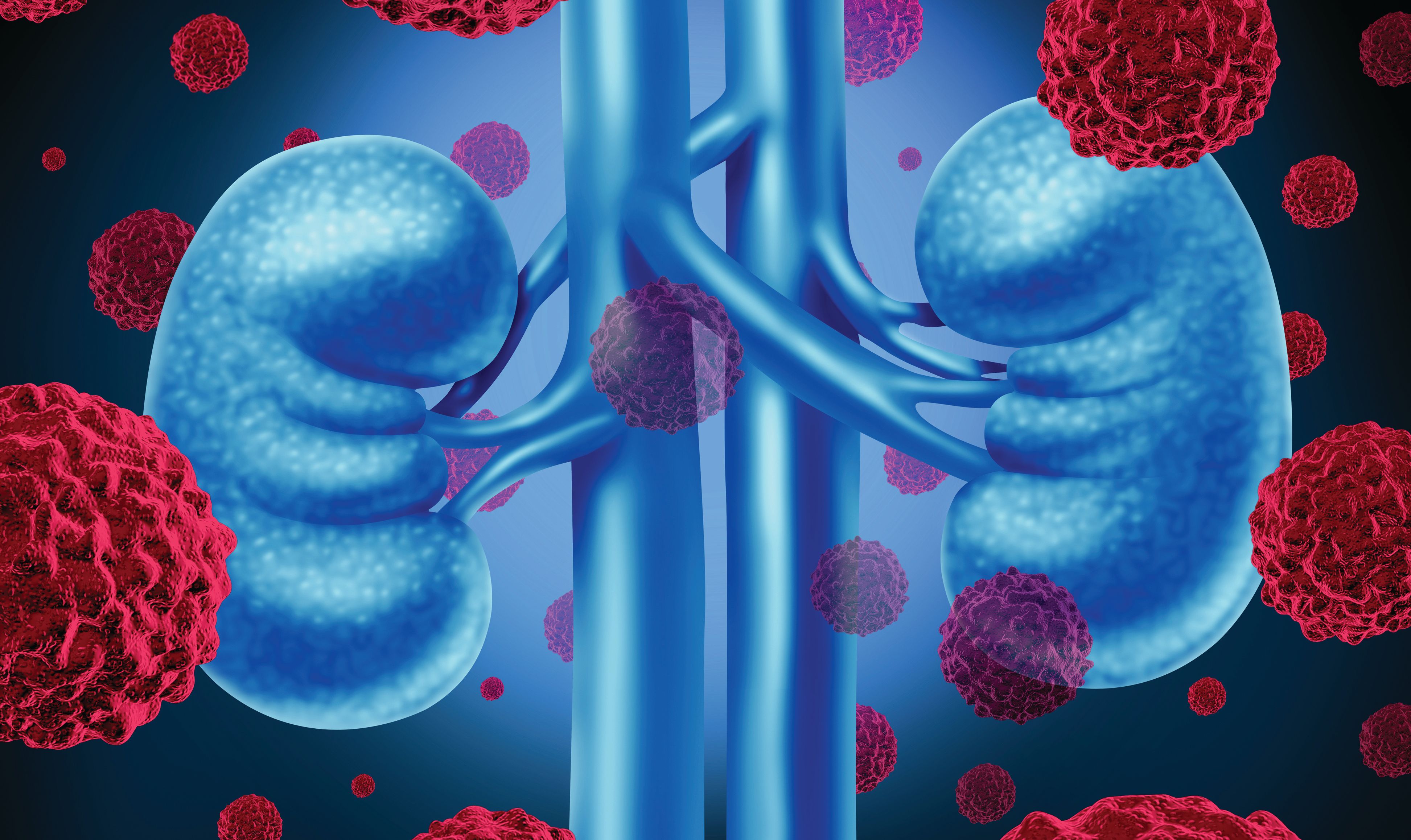News
Article
Study Details Cirrhosis-Related IgA Nephropathy Clinical Presentation, Mortality
Author(s):
The multicenter study examined the presentation and outcomes of patients with cirrhosis-related IgAN and compared clinicopathological profiles with primary IgAN.
Credit: Fotolia

Findings from a recent study are providing clinicians with an overview of the clinical presentation, pathological spectrum, and outcomes associated with cirrhosis-related IgA nephropathy (IgAN), also highlighting notable comparisons to and distinctions from primary IgAN.1
“Although cirrhosis is the most frequent cause of IgAN, most studies have been limited to pathological analysis, often in the unique setting of liver transplant workup, with limited clinical data, especially when it comes to evolution,” Simon Ville, MD, PhD, of Nantes University Hospital Center and the National Institute of Health and Medical Research at Nantes University in France, and colleagues wrote.1
The most common primary glomerulonephritis, IgAN frequently appears secondary to various comorbidities, ranging from chronic liver disease and inflammatory states to chronic infections and neoplasms. Liver disease, including cirrhosis, is the leading cause of secondary IgAN. However, little is known about the clinical characteristics of cirrhosis-related IgAN and how it may be similar to or differ from primary IgAN.2
Investigators sought to describe the clinical manifestations, outcomes, and renal prognosis of cirrhosis-related IgAN as well as investigate the various clinicopathologic profiles shared with primary IgAN. To do so, they conducted a multicenter retrospective study involving patients with kidney biopsy-proven cirrhosis-related IgAN diagnosed between 2009 and 2022 at 5 hospitals in France. Patients were identified through pathologist registries and electronic medical records using the keywords “cirrhosis” and “IgA nephropathy.”1
Investigators also identified 83 patients diagnosed with primary IgAN in the same time frame at Nantes University Hospital to compare to patients with cirrhosis-related IgAN. They then used a partitioning clustering approach with a k-means algorithm to determine common clinicopathological profiles across both groups, considering qualitative variables, intrinsic acute kidney injury (AKI) occurrence, and clinical quantitative variables.1
In addition to the 83 patients with primary IgAN, investigators retrospectively identified 46 patients with cirrhosis-related IgAN. At the time of kidney biopsy, the mean age of patients with cirrhosis-related IgAN was 64±10 years and 17% were female. Causes of cirrhosis were alcohol in 63% of patients and alcohol plus metabolic (mixed) in the remaining 37%.1
AKI stage was determined according to the International Club of Ascites classification based on serum creatine (ScR). In total, 79% of patients with cirrhosis-related IgAN had AKI, 58% of whom had International Club of Ascites stage 3 AKI, and 17% of whom required dialysis. Among patients with AKI, 62% had associated conditions whereas 38% had AKI without alternative causes.1
Compared to patients with primary IgAN, investigators noted patients with cirrhosis-related IgAN were older at presentation (64 vs 44 years of age; P <.001), were more likely to have diabetes (33% vs 7%; P = .001), and were more likely to have a history of arterial hypertension (59% vs 36%; P = .017). At the time of the kidney biopsy, patients with cirrhosis-IgAN had greater ScR values (3.52 vs 2.1; P = .0016), proteinuria (3.5 vs 2.8; P <.001), and were more likely to have AKI (79% vs.16%; P <.001) and need dialysis (17% vs 5%; P = .0264).1
Further analysis revealed 3 clinicopathological clusters:
- Chronic involvement (interstitial fibrosis >25%, interstitial infiltrate, presence of ischemic glomeruli, and arteriolar hyalinosis, with a negative weight for a high preexisting eGFR)
- Mild disease (mesangial proliferation and high preexisting eGFR with a negative weight for interstitial fibrosis >25% and interstitial infiltrate)
- Membranoproliferative glomerulonephritis pattern (“double contour,” endocapillary proliferation, parietal deposit, crescent, intrinsic AKI, and proteinuria)
Investigators pointed out the distribution between cirrhosis-IgAN and primary IgAN was similar for the first 2 clusters. Although the third was more frequent in cirrhosis-IgAN, there was no difference based on cirrhosis status.1
Over a median follow-up of 25 (5–62) months, the cumulative mortality rates for patients with cirrhosis-related IgAN were 0.11, 0.16, 0.26, 0.46, and 0.53 at 3 months, 6 months, 1 year, 3 years, and 5 years, respectively. Investigators noted steroid exposure was associated with mortality (P = .006) and, although not statistically significant, severe AKI was also associated with mortality (P = 0.06).1
Investigators called attention to several potential limitations to these findings, largely inherent to the retrospective study design. These included the small sample size, the large proportion of missing data on refined parameters, the inability to perform multivariate analysis, and the lack of generalizability to all patients with cirrhosis because percutaneous kidney biopsy is not feasible in patients with advanced cirrhosis and low platelet count.1
“The severity of these patients seemed to be linked, for some, to their background and the complications arising therefrom, and for others to a particular form with an MPGN-like pattern for which further investigations are required,” investigators concluded.1 “Although oral steroid therapy should be avoided because it is associated with a major risk of severe, sometimes fatal, infection, implementation of prospective cohort studies will be needed in the years to come, to clarify the natural history of this disease and assess the risks or benefits of potential therapeutic intervention.”
References:
- Ronsin C, Braud P, Kandel-Aznar C, et al. Clinical Presentation, Pathological Spectrum, and Outcomes of Alcoholic Cirrhosis-Related Immunoglobulin A Nephropathy. Kidney Int Rep. 2024;9(5):1369-1378. doi:10.1016/j.ekir.2024.02.1397
- Saha MK, Julian BA, Novak J, Rizk DV. Secondary IgA nephropathy. Kidney Int. 2018;94(4):674-681. doi:10.1016/j.kint.2018.02.030
2 Commerce Drive
Cranbury, NJ 08512
All rights reserved.





